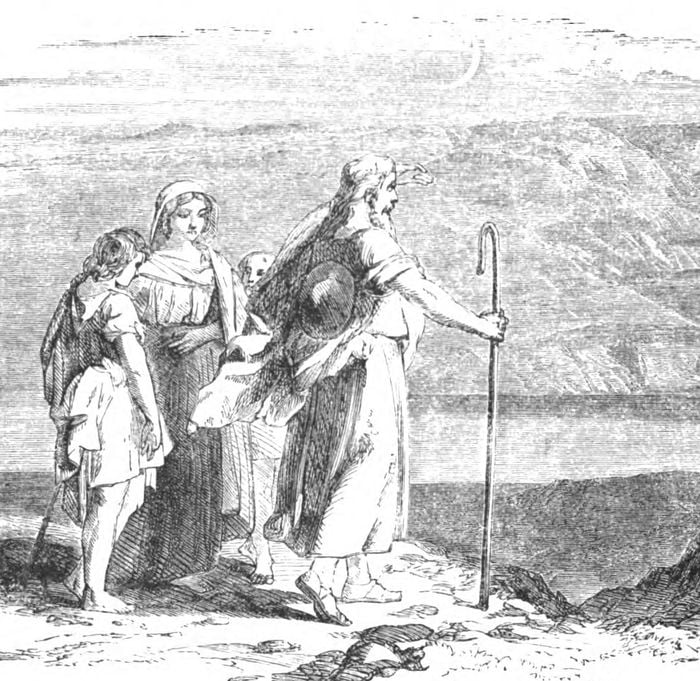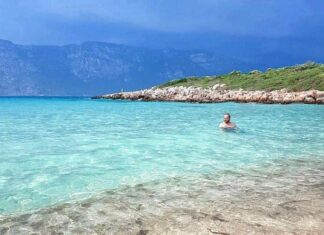Kidnapping Cases in the Turkish Provinces
In recent years, there have been many kidnappings in the Turkish provinces, but very little has been reported about these incidents. The lack of...
Military Force and Its Impact on Communication
A military force was sent to the area where Miss Stone was captured, and its official purpose was to capture the brigands and rescue...
The Suspected Leader Ivan Zandanski
Many people believe that the real leader of the group that kidnapped Miss Stone was Ivan Zandanski. He was once the keeper of a...
Euphrates River Fırat
Geographical Importance of the Euphrates River
The Euphrates River is an important geographical feature in both ancient and biblical texts.
The Euphrates flows through modern-day Iraq,...
Mount Ararat and the Ark
What Does Ararat Really Mean?
Bible scholars agree that the word Ararat actually means the Urartu region, which was a large area, not a specific...
Mount Ararat A Mountain of Mystery
Is Mount Ararat Really in the Bible?
Many people believe that Mount Ararat is where Noah’s Ark landed. But the Bible does not say this...
A Night in the Monastery
I had gone to the monastery hoping to have a peaceful, cool night’s sleep. However, despite my room being high up, the night was...
Stanimika Village and the Journey to the Monastery
We reached a small, dirty village called Stanimika. It was home to Greeks who made wine and silk, but spent most of their time...
The Pomaks Bulgarian Muslims
I personally believe that the Pomaks are not a separate ethnic group but are Bulgarians whose ancestors changed their religion.
The Character of Bulgarians
As I...
Brusa’s Natural Beauty and Cultural Gems
Mount Olympus (Keshish Dagh)
Mount Olympus, known as Keshish Dagh (Mount Monk) in Turkish, stands at 7600 feet above sea level. For a successful ascent,...













